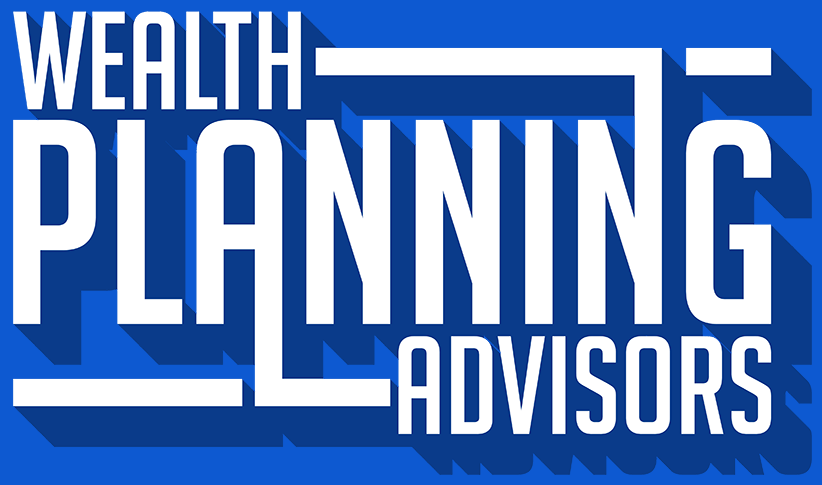Enjoying Your Retirement
You have worked hard and are now looking forward to your retirement and enjoying everything life is offering you! Whether it’s spending more time with your family, traveling to remote destinations, taking up a new hobby, or pursuing any of the other dreams you have, one question may be nagging you as you approach retirement: Will I have enough money? People are living longer and expenses are rising. Without careful financial planning you may not be able to live comfortably and securely through your retirement years. But there is good news! Organizing your financial assets, and putting them to work for you today, will ensure that your savings provide the maximum benefit to you when you retire.
To achieve this it is important to have a plan. Thinking about what you want in your retirement, and reviewing your plan with a financial advisor, should be your first step. Today, there are many different opportunities to invest, but the options available can be confusing. It is important to select the right mix of investment vehicles to ensure that you minimize risk while maximizing the return on your assets. The key is finding the right balance of investments, and this is where an experienced financial advisor can provide invaluable assistance to you.
Reviewing your current savings and investments and your retirement goals with your financial advisor will be your first step. Everyone has a different picture of the perfect retirement, and this means everyone will have different financial needs. Don’t settle for conventional wisdom that uses a “one-size-fits-all” approach. While 60% of current income may be sufficient for some retirees, others may need more, others less. Planning a budget for your retirement with your financial advisor is vital to ensure that you have the confidence and security you need in retirement. Start now!
Review what you spend on your home, food, and clothing every month. Do you have a mortgage? Include these costs. Now add any expenses for your car or other transportation. Review routine health care expenses, and take into account that these expenses will likely increase with age. Include expenses you pay for other members of your family. Now estimate expenses for vacations, hobbies, entertaining, charitable donations. Do you own a second home? If so, add those expenses. Congratulations! Although your estimates may be inaccurate, you have taken the first step to creating a retirement plan!
Review your retirement income. Request a free copy of your projected Social Security benefits at http://www.ssa.gov. Are you entitled to a pension from your employer? You may want to visit the Human Resources Department at your company to estimate what you monthly income will be. Do you plan to continue working? Perhaps a part-time activity will provide some additional income during your early retirement years. Look ahead and realize that you may be retired for a long time. People are healthier and living longer! That’s the good news! However, this causes your projected income needs in retirement to be higher. Don’t get caught short!
Review your savings and investments. Generally speaking, assets which you need to cover near-term expenses should be conservatively invested. Assets which you will not need until later, five years or more from now, should be invested more aggressively in products that will give you a higher return on your investments. You should work with your financial advisor to find the right mix of investments to meet your retirement goals while you maximize your investment return and minimize risk.
Lower your taxes by opening an Individual Retirement Account. Two types particularly deserve attention — traditional IRAs and Roth IRAs. Traditional IRAs tend to work best for people who believe they’ll be in a lower tax bracket during retirement and meet the criteria for making tax-deductible contributions. Earnings and contributions are taxable as ordinary income when withdrawn, and withdrawals prior to age 59½ may trigger a federal 10% penalty. Payments from the account must begin when the investor reaches age 70½.
The Roth IRA generally appeals to people who want tax-deferred earnings, are OK with the idea of making after tax contributions now in exchange for tax-free distributions in retirement and who expect to be in the same or a higher tax bracket when they retire. Holders of Roth IRAs often use them because they also may need access to their savings. The Roth IRA requires no minimum distribution during the investor’s lifetime. With both IRAs, investors make periodic contributions and direct how the money will be invested.
Besides IRAs, Annuities also may have a place in your portfolio. An annuity is a contract between you and an insurance company in which the insurer agrees to make periodic payments to you, beginning either immediately or at some future date. Annuities are designed to be long-term investments used for retirement. They have contract limitations, fees and charges that include, but are not limited to, mortality and expense risk charges, sales and surrender charges, administrative fees, and charges for optional benefits. There are limitations on the amount of funds that may be withdrawn without a charge, and withdrawals reduce annuity contract benefits and values. Additionally, withdrawals of earnings are subject to ordinary income tax, and a federal 10% penalty may apply to withdrawals taken prior to age 59½.Setting retirement goals is not just about dollars and sense. It’s also about drawing on your values and hopes to create a satisfying life. For some, that may mean continuing to work past age 65, or even starting a new career. Others, of course, may be ready to stop laboring and start relaxing, volunteering, traveling or pursuing a pastime.
Ultimately, proper planning may help you get the retirement you desire, if you know what you want and what your options are — and pursue both with resolve and clarity.
Together, we can discuss:
- Your vision and goals for retirement
- How an annuity might help strengthen your retirement plan
- Whether a traditional IRA or Roth IRA makes sense for you

